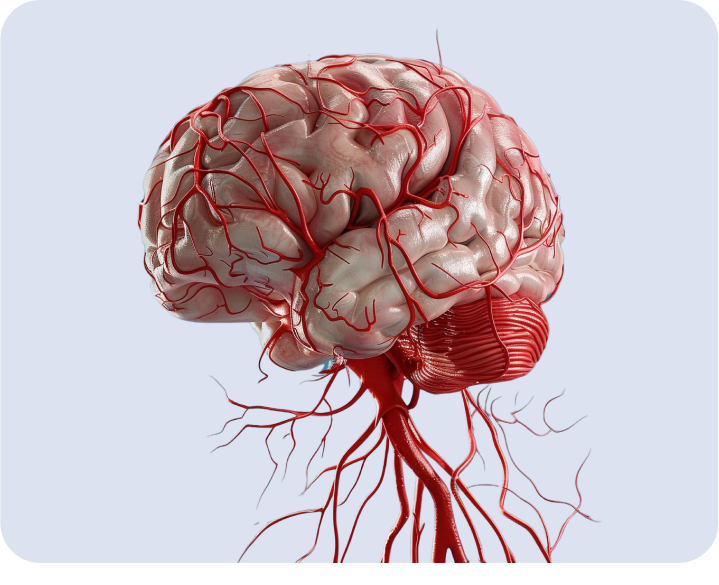Therapy - Page 2
Registered on ClinicalTrials
Modern drug therapy of post -infectious asthenia. With renewed strength
Author:
V.N. Shishkova
GBUZ "Center for the Pathology of Neurorebilitation Speech" DZ Moscow, Moscow, Russia
Place of publication:
New therapeutic journal "Non Nocera" No. 4, 2019
Problems of pharmacotherapy of elderly patients
Author:
Ushkalova E.A.
Place of publication:
Neuronyus issue No. 4 (42) 2018
Cognitive disorders in patients with arterial elderly and senile hypertension
Author:
Sharashkina N.V., Ostapenko V.S., Tkacheva O.N., Runikhina N.K., Kotovskaya Yu.V., Mkhitaryan E.A., Lysenkov S.N.
Place of publication:
Cardiovascular therapy and prevention, 2017; 16 (3)
A new direction in the assessment of adherence to treatment is an emphasis on geriatric syndromes
Author:
Chukaeva I.I., Larina V.N., Karpenko D.G., Larin V.G.
Place of publication:
Cardiovascular therapy and prevention, 2017; 16 (3)
The main pathogenetic mechanisms of the development of the vascular pathology of the brain with atherosclerosis and metabolic syndrome: search for correction routes
Authors:
Antonova K.V. , Lagoda O.V. , Propakurazhev A.A. , Tanashian M.M.
Volume 10. No. 2 2016
Correction of pathological conditions caused by insulin-resisted hyperglycemia
Authors:
Solovyova E.Yu.*, Karneev A.N. , Tyutyumova E.A.
*GBOU VPO “Russian National Research Medical University named after N.I. Pirogov ", Moscow, Russia
Journal of Neurology and Psychiatry, 9, 2016
Features of the development of neurological complications in patients with type 2 diabetes and metabolic syndrome: the possibility of correction and prevention
Author:
V.N. Shishkova
GBUZ "Center for the Pathology of Neurorebilitation Speech" DZ Moscow, Moscow, Russia
Place of publication:
therapeutic archive, 1, 2015
THE INFORMATION IS INTENDED FOR HEALTHCARE AND PHARMACEUTICAL PROFESSIONALS. THIS INFORMATION IS NOT INTENDED AS A SUBSTITUTE FOR MEDICAL ADVICE.
Source of photos and images Shutterstock.com














